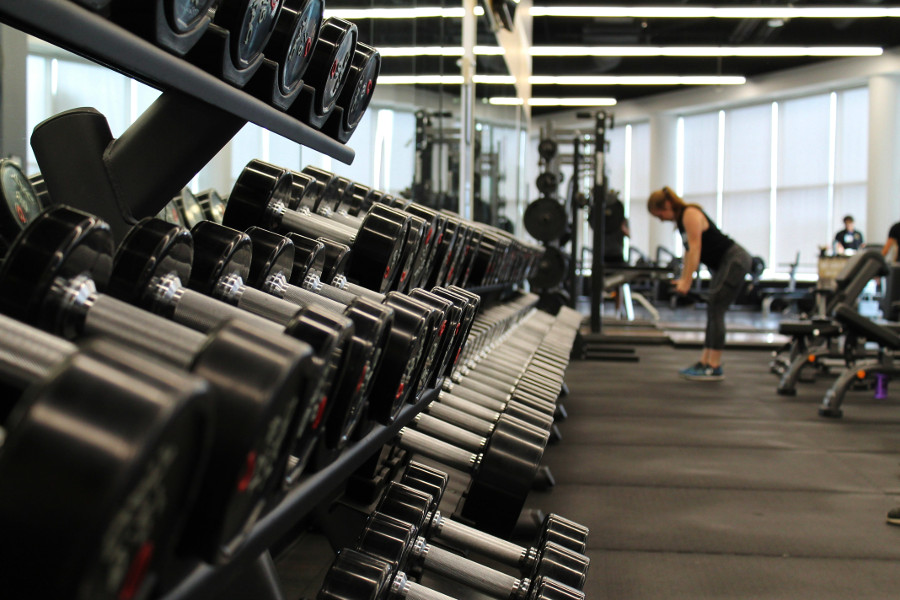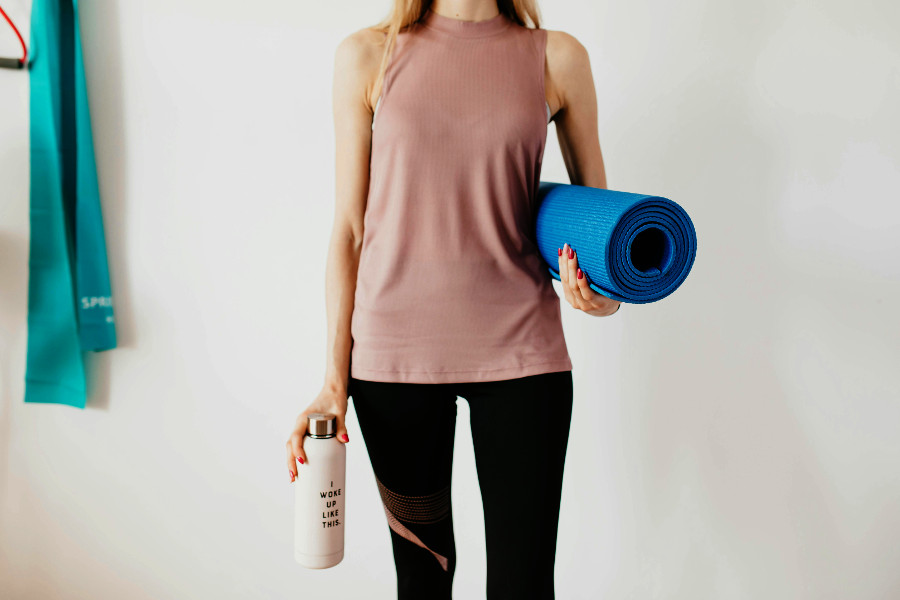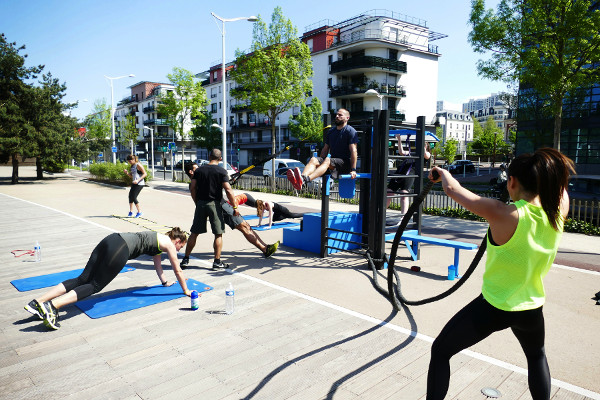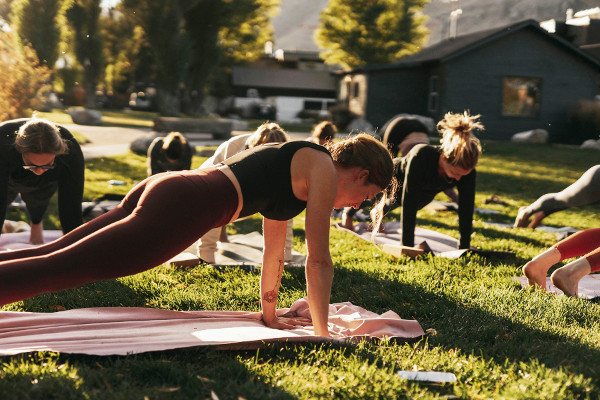How to Start and Succeed in a 30-Day Fitness Challenge: Tips, Motivation & Results
A 30-day fitness challenge is a powerful way to build a consistent exercise habit and improve your health step by step. Whether you’re a complete beginner or have some experience, this focused approach breaks workouts into manageable daily goals that fit your lifestyle. In this guide, you’ll learn how to choose the right challenge, stay motivated, avoid injury, and get the best results. With simple tips and clear advice, you’re set to make lasting progress in just one month.

What exactly is a 30-day fitness challenge?
A 30-day fitness challenge is basically a focused way to build exercise into your daily life over the course of a month. It’s a structured plan that guides you through specific workouts or movements each day, often increasing in intensity or variety as you progress. The idea is to create a clear routine that encourages consistency, making it easier to develop a habit. These challenges can target strength, cardio, flexibility, or a mix of everything, and they’re designed to be simple enough to fit into busy lives. Whether at home or the gym, they give you a manageable timeframe with daily goals to keep you motivated and on track.
What are the benefits of completing a 30-day fitness challenge?
Taking on a 30-day fitness challenge brings several benefits that go beyond just physical changes. It can boost your strength, stamina, and overall fitness by encouraging regular movement. On top of that, it helps build mental discipline and focus, since you commit to something every day. The challenge format makes it easier to stay motivated and see tangible progress, which builds confidence. Plus, it often encourages better habits around eating and sleeping, which supports your health. Most importantly, completing the challenge creates a sense of accomplishment, proving to yourself that you can stick with a goal and make positive changes in your life.
What types of 30-day fitness challenges are there?
There are many kinds of 30-day fitness challenges, each suited to different goals and fitness levels. Some focus on bodyweight exercises like push-ups, squats, or planks to build strength without equipment. Others emphasize cardio, with daily running, jumping, or high-intensity intervals to boost heart health. You’ll also find flexibility challenges centered on yoga or stretching routines, designed to improve mobility. Some challenges combine several of these elements for a full-body approach. Whether you want something gentle or intense, beginner-friendly or advanced, there’s a challenge out there that fits your preferences and helps you grow.
How do I choose the right 30-day fitness challenge for my fitness level?
Choosing the right 30-day fitness challenge means being honest about where you are now and what you want to achieve. If you’re new to exercise, it’s best to pick a challenge that starts slow and offers simple instructions so you can focus on learning proper form. More experienced exercisers might want something tougher or more targeted to keep improving. Think about what kind of exercise you enjoy – strength training, cardio, or stretching – because you’re more likely to stick with something you like. Also, consider any health issues and choose a challenge that feels challenging but safe. The right one pushes you just enough without overwhelming you.

Do I need equipment or a gym membership for a 30-day challenge?
Not at all. Plenty of 30-day fitness challenges are designed so you don’t need any equipment or a gym membership. They rely on bodyweight exercises that you can do anywhere – at home, in a park, or even your office. Push-ups, lunges, and planks are great examples that don’t require anything extra. That said, some challenges include optional equipment like dumbbells or resistance bands to add variety and intensity. If you prefer the gym or have access to weights and machines, you might choose a challenge that uses those tools, but it’s by no means necessary. The key is consistency, not fancy gear.
Can I follow a challenge if I’m a complete beginner?
Yes, definitely! Many 30-day challenges are made with beginners in mind, offering easy-to-follow exercises and gentle progressions. They help you build foundational fitness without pushing too hard too fast. Starting slow means you can focus on doing each movement right, which helps prevent injury. These beginner-friendly challenges are perfect for establishing a daily routine and gaining confidence. If something feels too difficult, most programs suggest modifications so you can adjust to your own pace. With patience and consistency, you’ll be surprised at how much you improve in just a month.
How do I avoid injuries during a 30-day fitness challenge?
Avoiding injury starts with warming up before each workout to prepare your body for movement. Pay close attention to how you perform exercises – quality beats quantity every time. Don’t rush through reps or push through pain, which is a common cause of injury. Instead, listen to your body and adjust if something feels off. Gradually increase your workout intensity, and include rest or active recovery days when possible. Stretching after exercise helps with flexibility and reduces soreness. Staying hydrated and eating well also support recovery. If you have any health concerns, it’s a good idea to check with a professional before you start.
What should I eat and how much water should I drink during the challenge?
What you eat and drink during a 30-day challenge really matters for how you feel and perform. Aim for a balanced diet full of whole foods – think vegetables, fruits, lean proteins, whole grains, and healthy fats. Protein is important for muscle repair, while carbs give you the energy you need to power through workouts. Try to cut back on processed foods and sugary snacks. Hydration is just as crucial; drinking plenty of water throughout the day keeps your body functioning well. A general rule is to drink around eight cups daily, but if you’re sweating a lot or exercising hard, you’ll need more. Staying fueled and hydrated helps you get the most out of your challenge.

How do I stay motivated and accountable throughout the 30 days?
Staying motivated means setting clear goals and keeping track of your progress every day. Use a journal, app, or calendar to mark off completed workouts – that small visual reminder goes a long way. Having a workout buddy or joining an online group can provide extra encouragement and accountability. Remind yourself regularly why you started in the first place, whether it’s to feel stronger, healthier, or just more energized. Mix things up if boredom sets in, and remember that even on tough days, doing something is better than doing nothing. Consistency, not perfection, is what keeps you moving forward.
What if I miss a day – should I start over or keep going?
If you miss a day, don’t sweat it or feel like you have to start all over. Life can be unpredictable, and missing one day won’t erase your progress. The best thing to do is simply pick up where you left off the next day. If you miss a few days in a row, you might adjust the schedule or extend the challenge beyond 30 days. The key is to keep going without guilt or frustration. It’s the overall habit and consistency that count most – not perfection. Be kind to yourself and keep your eyes on the bigger picture.
What results can I realistically expect after 30 days?
After a month of sticking with a fitness challenge, you can expect to see some real improvements, though dramatic changes usually take longer. You might feel stronger, have better endurance, or notice your muscles looking more toned. Many people also experience better energy and mood, along with improved sleep. Weight loss, if that’s a goal, may be modest but combined with healthier habits, it sets the stage for long-term success. The biggest win is that you’ve built a new routine and gained confidence in your ability to commit and improve your health.
How long does it take to form a habit from a 30-day challenge and how can I continue progress afterwards?
While a 30-day challenge is a great start, research shows it often takes closer to 60 or 90 days for a habit to really stick. The challenge helps you build consistency and understand your limits, but to keep growing, you’ll want to keep moving forward afterward. That might mean increasing intensity, trying new workouts, or setting fresh goals. Tracking your progress and staying connected to a supportive community can help keep you accountable. Rest and recovery are just as important as training, so balance is key. Ultimately, turning a challenge into a lifelong habit is about patience, persistence, and adapting as you go.
Here are a few useful resources for further reading:
Enjoy your journey towards a healthier life.



